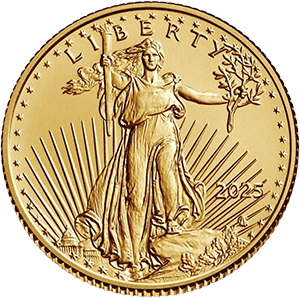
Introduction
In the dynamic world of global finance, central banks play a crucial role in managing economies and maintaining stability. One notable trend that has emerged in recent times is the increasing gold purchases by central banks worldwide.
The first quarter of this year witnessed a remarkable record-breaking purchase of 228 tons of gold. This trend raises intriguing questions about the motives behind these acquisitions and their implications for the global financial landscape. In this post, we will explore the reasons behind this surge in gold purchases and the potential consequences for the global economy.

Diversification and Risk Management
One primary reason central banks are increasing their gold purchases is to diversify their reserve assets. Historically, gold has served as a safe haven during times of economic uncertainty and market volatility.
By adding gold to their reserves, central banks can hedge against risks associated with currency fluctuations, geopolitical tensions, and other economic shocks. The yellow metal has an inherent value that remains relatively stable over time, making it an attractive asset for preserving wealth and minimizing risk.
Monetary Policy Independence
Central banks often purchase gold as a means to assert their monetary policy independence. Gold holdings provide central banks with a tangible and internationally recognized store of value that is not subject to political influence.
By increasing their gold reserves, central banks can reinforce their credibility and autonomy, instilling confidence in their ability to maintain price stability and protect their respective economies from external pressures.
De-Dollarization and Geopolitical Shifts
Another significant factor contributing to the surge in gold purchases is the ongoing trend of de-dollarization. Many central banks, especially those of emerging economies, are seeking to reduce their reliance on the U.S. dollar as the global reserve currency.
As geopolitical tensions rise and trade disputes intensify, central banks are diversifying their holdings away from the dollar to mitigate potential risks. Increasing gold purchases are seen as an effective strategy to reduce exposure to the U.S. dollar and reinforce financial independence.
Long-Term Store of Value
Gold's status as a long-term store of value continues to attract central banks. Unlike fiat currencies, which can be influenced by inflationary pressures and economic fluctuations, gold has maintained its value throughout history. By acquiring gold, central banks aim to secure a stable asset that can withstand economic turmoil and serve as a foundation for their financial systems.
Potential Implications
The increasing gold purchases by central banks worldwide can have significant implications for the global economy:
- Gold Price Stability
As central banks increase their demand for gold, the price of the precious metal is likely to rise. This trend can create a positive feedback loop, further reinforcing the attractiveness of gold as an investment and potentially leading to price stability in the long run.
- Confidence in Central Banks
Robust gold reserves can enhance the perceived stability and credibility of central banks. The accumulation of gold serves as a tangible signal of confidence and strength, which can bolster market confidence and positively influence investor sentiment.
- Impact on Currency Markets
Large-scale gold purchases by central banks may influence currency markets, particularly in countries where gold reserves represent a significant portion of their overall foreign exchange holdings. Fluctuations in the value of gold can impact exchange rates, trade balances, and international competitiveness.
- Global Power Dynamics
The surge in gold purchases also reflects shifting geopolitical dynamics. As certain countries increase their gold holdings, it can reshape the balance of economic and political power on a global scale. It may affect diplomatic relationships and influence international negotiations in the long term.
Conclusion
The significant increase in gold purchases by central banks worldwide in recent years underscores the enduring appeal of gold as a strategic asset. The motives behind these acquisitions are multifaceted, ranging from diversification and risk management to asserting monetary policy independence and navigating geopolitical shifts.









